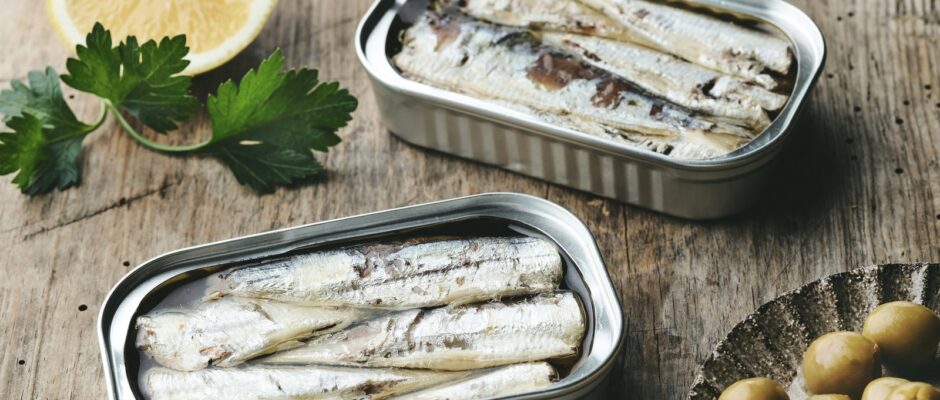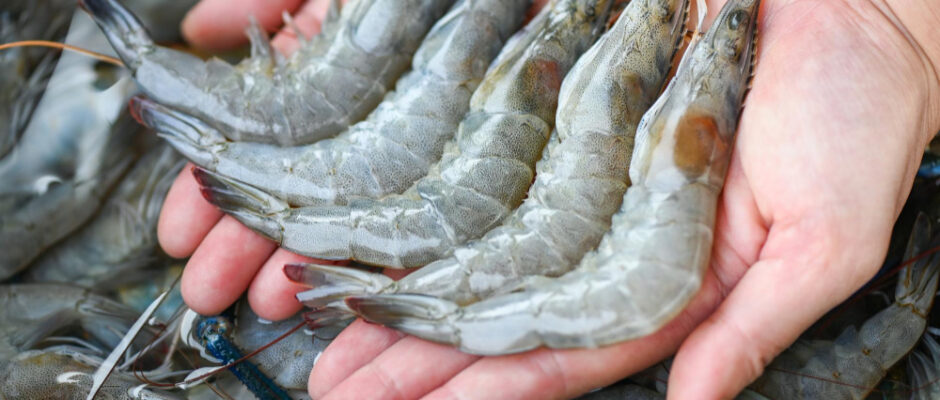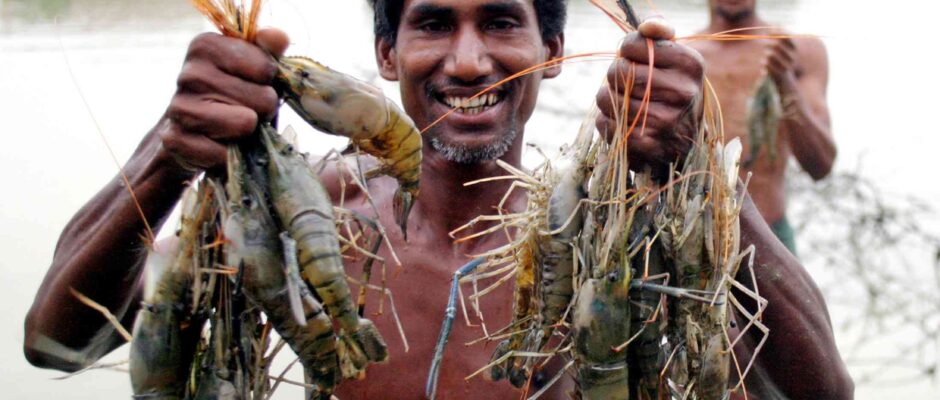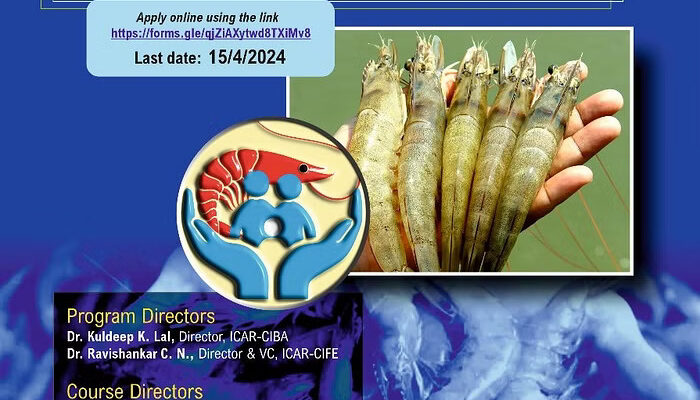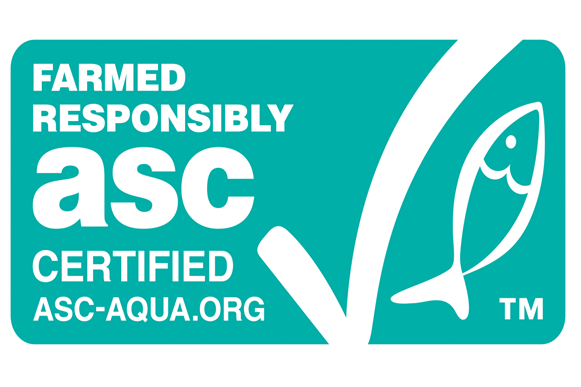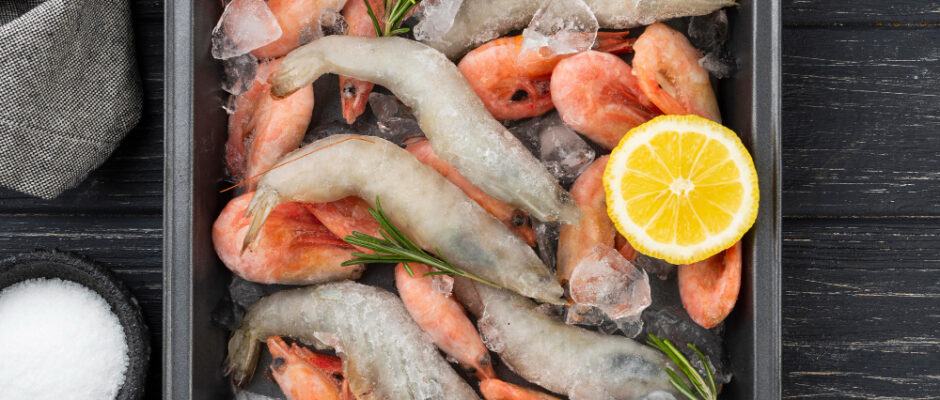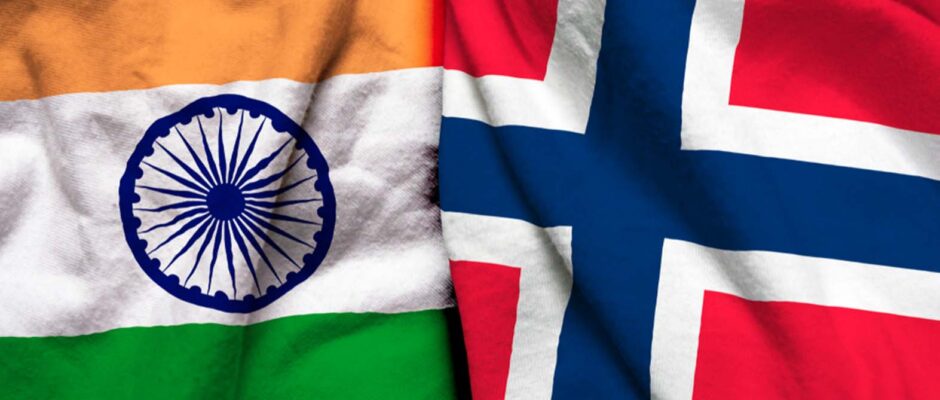Canned Sardines: A Surprisingly Lucrative Bite-Sized Business Boom
Move over tuna, there’s a new king of the canned fish aisle, and it’s swimming in a wave of popularity. The humble sardine, packed with nutrients and flavor, is experiencing a surge in demand, turning the canned sardine market into a surprisingly lucrative business opportunity. According to a recent study by Future Market Insights (FMI), […]

